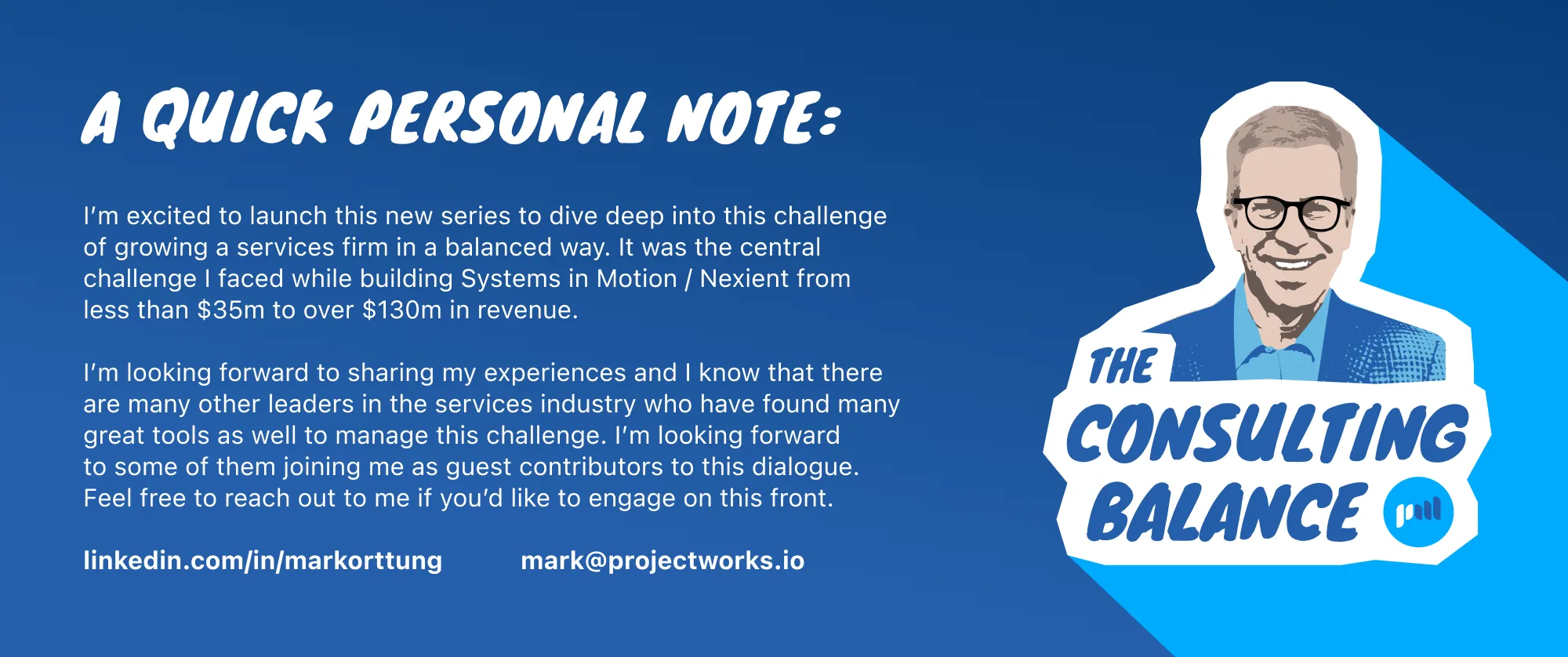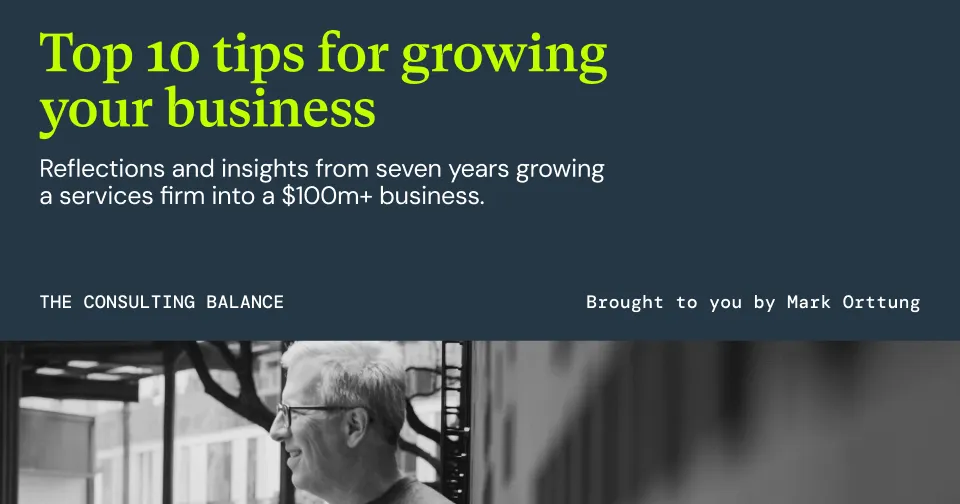Finding people who can do, sell and build senior client relationships

Discover how to find the right talent, driving success for your consulting practice.
“They’re low cost.”
“They have some good people.”
“Their people fit in well with our teams.”
When one of our advisors asked some clients why they used Nexient, these were the top answers we got back. Not what I was hoping to hear.
In the consulting world, there is a spectrum of how valuable you are to your clients. At one end is “staff augmentation.” This is where you’re effectively providing people at an hourly rate to blend in with a client’s team. In the middle of the spectrum, you’re a key partner who brings a proven methodology and strategic thinking, typically providing a whole team that works together to deliver key parts of a project. At the other end are the top firms who can do everything, from setting strategy to whatever it takes to implement it. Their clients see them as strategic partners. This is the arena that top players like Accenture work in. It is difficult for a boutique to compete with their industry depth and client relationships.
This new feedback from clients made it clear that they placed Nexient at the staff augmentation end. I wanted to reposition us as a strategic partner. Keeping Ralph Szygenda’s wise words top of mind (see my prior post) I now had a goal that we could focus on as we continually evolved our market positioning. But it was obvious we had work to do.

Making the move to strategic partnership
When I’m working on an organization’s transformation, I start by building a layer of leaders who know more than me about a key area of the transition we’re trying to make. In this case, it was clear we needed people who could lead our relationships and work with clients, as well as change what we sell and how our clients viewed us. The model I had in my head came from early in my career when I was at Andersen Consulting (now Accenture). They had “client partners,” who were the face of the company. They had hundreds (later thousands) of people in this position and this allowed them to keep scaling with quality.
Nexient hadn’t previously hired anyone who could do this. There were a couple of people who had the skills but both had joined so early that the company had no process for how to identify and attract such people. Having been in the world of SaaS companies, I had never hired anyone with this skillset either.
As I started trying to fill this gap, I didn’t really know what defined the individual I was looking for. I first hired some people with experience in small and regional consulting firms. They were skilled practitioners but not able to make progress on changing how our clients viewed us. This at least helped shape what the role really needed.
The key ingredients to the role were significant experience as practitioners in our industry, and a passion for selling. At Nexient, experience as a practitioner meant having experience as a software developer, product manager or UX designer. Having a passion for selling meant enjoying relationship building and taking on sales targets. Most people with significant skills as a practitioner have no interest in sales. Finding those who do, is incredibly difficult.
The most successful consulting firms typically encourage their people to play a larger and larger role in sales as their success as practitioners grows. This is one of the core practices that enables these firms to succeed. I realized that I had to recruit people from these top firms – Accenture, Deloitte and Cognizant to name a few.
My next challenge was how to start a conversation with these people so that they might even consider a small firm they had never heard of, let alone how to get them to actually take a leap of faith and join us. To solve the first part, I used a combination of my network and a very talented recruiting lead and by chance was able to attract a few candidates at almost the same time. I then stumbled on a great way to get them on board.
I asked them to visit our delivery center in Ann Arbor, to meet the team and hopefully conclude that we had something special there in terms of our technical ability. I wanted them to see themselves as the missing link to building the company – someone who could sell what we do to clients and lead the engagements. I had three candidates who could all help us and they were in different parts of the country. I was able to get them to come to Ann Arbor on the same day. When you have multiple candidates you usually keep them separate, but in this case I hoped they might sell each other, so we asked them all to join us for a dinner. This gamble actually worked. Because I was willing to hire all of them, they saw that they could be the beginning of a new team representing us in the field with clients. All three of them took the role and became the foundation for our new go-to-market team – one of the key steps in moving us along the spectrum from staff augmentation to being seen as a strategic partner.

What I learned from this experience
- If you are able, interview your clients or ask for customer feedback, to understand why they buy from you. I was surprised that our clients saw us as a low value staff augmentation resource, but it was critical to hear that, to push us to change our structure.
- If you want to transform your company, look for a leadership team who can help drive change. In many cases, they need to have skills that you yourself don’t have. In my case, I needed client partners who had direct experience in consulting firms selling value and pushing clients to work with them as a strategic partner. I had never done this before.
- Hire practitioners to lead your client teams. It's really difficult to find skilled people who also enjoy selling, but it’s critical to the success of a firm, especially a small one. Clients want to buy from people who can bring them value and directly solve the challenges they have. Quite often, the founders of a small firm are practitioners who have learned how to sell to make their firm succeed. If they can’t build a broader team that has this same combination of skills, their firm can’t scale.



.webp)
